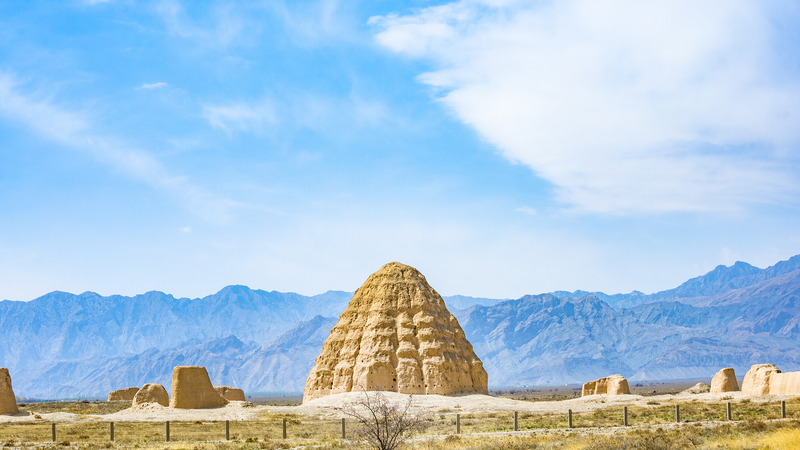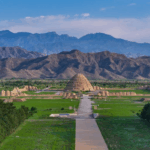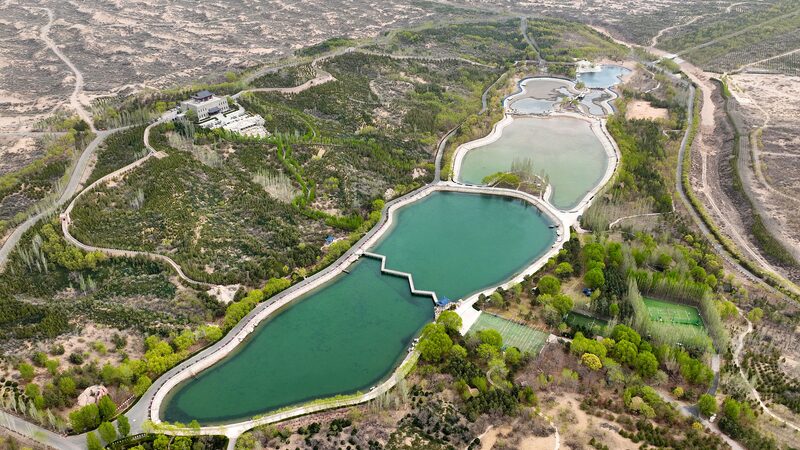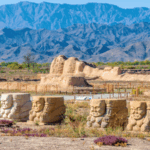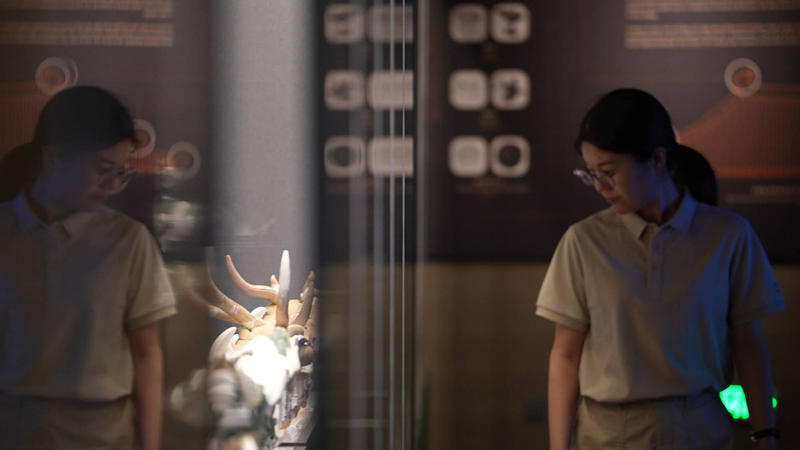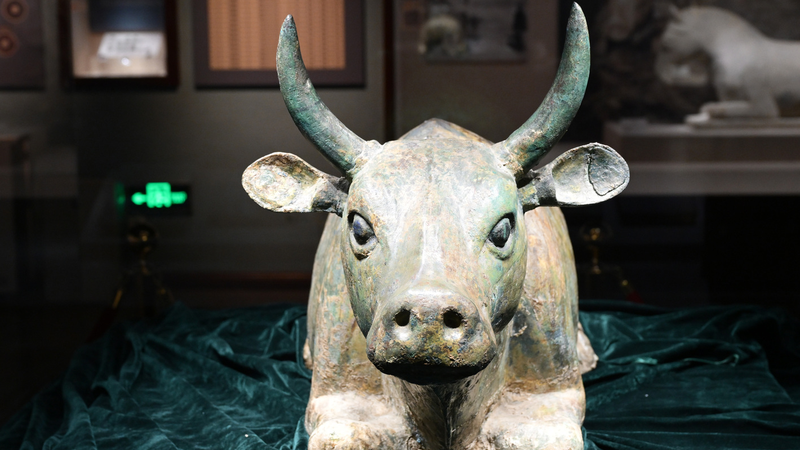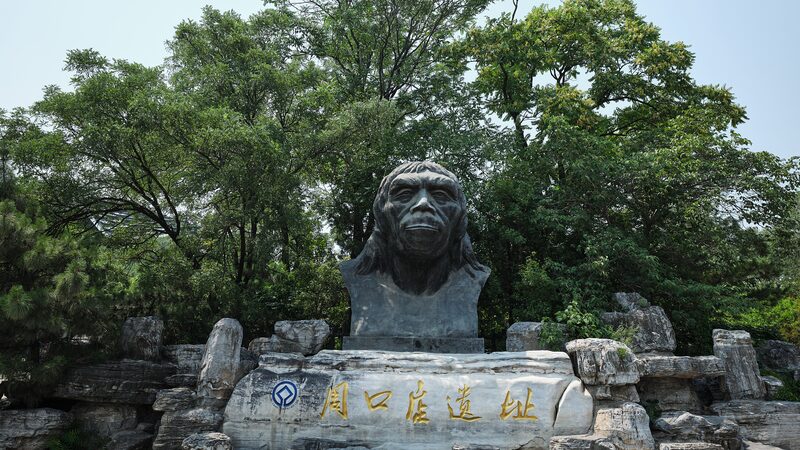The Xixia Imperial Tombs, a sprawling archaeological complex in northwest China's Ningxia Hui Autonomous Region, have been inscribed on UNESCO's World Heritage List, the organization announced Friday. The decision underscores the site's historical significance as the burial ground of the Western Xia dynasty (1038–1227 CE), a once-powerful empire that shaped regional culture and politics.
Located at the foot of the Helan Mountains, the tombs feature unique pyramid-shaped mausoleums blending Han Chinese, Tibetan, and Tangut architectural styles. UNESCO highlighted their role in showcasing 'the cultural fusion and imperial grandeur of a pivotal era in Asian history.'
For travelers, the designation is expected to boost cultural tourism in Ningxia, a region already known for its Silk Road heritage. Local authorities plan enhanced preservation efforts and educational programs to protect the site's intricate carvings and artifacts.
Academics praised the move as a step toward broader recognition of China's diverse historical narratives. 'The Xixia dynasty's legacy is often overshadowed by other Chinese dynasties,' said Dr. Li Wei, a historian at Peking University. 'This listing invites global audiences to explore a lesser-known chapter of Asia's past.'
Business analysts note potential economic spillover effects, with heritage-focused infrastructure projects likely to attract investment. The tombs join China's 57 other UNESCO World Heritage sites, reinforcing the country's role as a custodian of human civilization.
Reference(s):
cgtn.com
